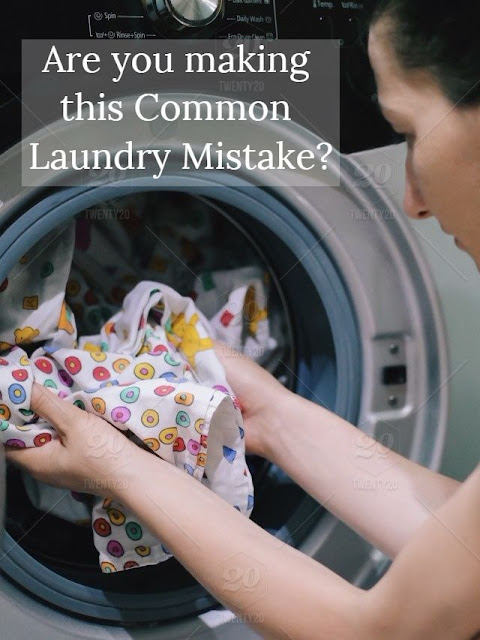Do you Know the Difference Between Cleaning & Sanitation?
These days we all know about germs. Even young children know about germs and why they should avoid them.
Yet, how often do we actually think about how clean something really is? In all likelihood, probably not that often, as if we did we'd likely spend most of each day cleaning! Being part of the natural world, it's hard to escape the bacteria and fungi surrounding us. Thankfully though, the vast majority of these 'germs' are actually beneficial for us and are actually necessary to keep us healthy (think, gut health).
Having said that, there is still an obvious need to get rid of the germs that could potentially harm us. So the question is, how we can make sure something is really clean?
Well, it simply comes down to two things - having the right cleaning method and using the right cleaning product for the job.
For the purpose of simplicity, this article will not go into details about specific products and methods for each cleaning job, but will rather discuss the general basic principles of cleaning as used in a food preparation area - where food-bore bacteria can potentially do the most harm.
As inferred earlier, over the past 150 years or so we have come to understand how something can look clean, but actually be covered with hazardous bacteria, fungi or viruses. This is because there is actually two levels of cleanliness - Physical and Microscopic.
Therefore there is also a need for two levels of sanitation.
Cleaning on a Physical level refers to general appearance, making something looks clean. It involves the removal of dust, dirt, grease, grime, etc. Usually a detergent is needed for this stage.
Cleaning on a Microscopic level however, refers to reducing the microbial count present on any given surface so as to reduce the spread of disease. This level of cleaning can only be achieved by using a sanitiser.
So, what's the difference between a Detergent and a Sanitiser?
A Detergent is a chemical agent designed to remove dust, grease, and grime. They also can remove bacteria, but importantly, they do not kill it.
Whereas a Sanitiser is an agent that can kill or control bacteria by either heat or chemical.
In other words, a dishwashing detergent will only remove food deposits from dishes and along with it any bacteria that may have been present. The germs will still be remain
How to clean and sanitize correctly.
Although the method here given is from my Food Handling course notes and so applies especially to the cleaning of dishes and utensils, in principle it can be applied to almost any form of cleaning.
1. Pre-Clean
2. Main Wash
This involves washing with a suitable detergent to remove any fat deposits.
3. Applying a Sanitiser
Apply after making sure the detergent has been thoroughly washed off so as not to cancel out it defectiveness. Check correct sanitiser is used according to purpose. (the sanitiser most suitable for sterilising a baby's bottle may not be the same as the one most suitable for sterilising a floor, for instance)
4. Air Dry
Once the sanitiser has been carefully rinsed off, leave utensil to air dry.
In the case of drying dishes, using a tea towel is not recommended, since they can be excellent breeding grounds for food-poisoning bacteria.
What to use to Sanitise
Well, as mentioned earlier, you need either heat or a chemical to properly sanitise something.
Heating tap water to 75 degrees or more is enough to kill most bacteria. However, normal temperature tap water is not suitable at around 50-55 degrees. (Click here for step-by-step instructions on how to sanitise a bottle.)
Alternatively use a chemical, such bleach or disinfectant to sanitise. Though many advocates for green-cleaning swear by vinegar and baking soda, it must be noted that neither is able to kill staphylococcus bacteria.*
In summary, remember that for a sanitiser to be truly effective, all dirt, grease etc, first must be completely removed. While only surface-cleaning will not remove bacteria, viruses and fungi.
So, if you want to control the spread of germs in your home this cold and flu season, remember to do both!
___________________________
* See - Disinfectants: A guide to killing germs the right way (www.mnn.com/health/healthy-spaces/stories/disinfectants-a-guide-to-killing-germs-the-right-way) and
Does vinegar really kill household germs? (www.abc.net.au/news/health/2018-01-12/does-vinegar-really-kill-household-germs/8806878)




Comments
Post a Comment
I welcome your thoughts.